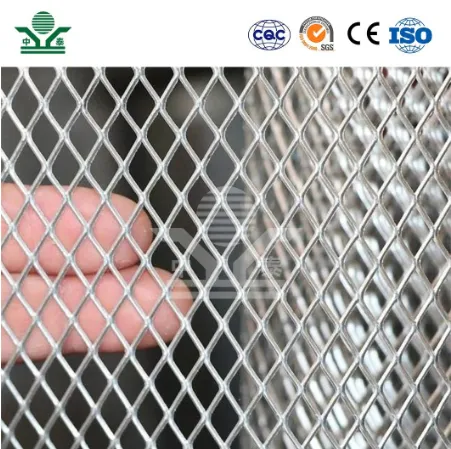A Comprehensive Guide to Chain Link Fence Installation
When it comes to securing your property, enhancing privacy, or simply demarcating boundaries, chain link fencing remains a popular choice due to its durability, cost-effectiveness, and ease of installation. Whether you’re a seasoned DIY enthusiast or a first-time installer, this guide will walk you through the essential steps of chain link fence installation, ensuring that your project is a success.
Tools and Materials Needed
Before you begin, it’s crucial to gather all the necessary tools and materials. Here’s a list to help you get started
Materials - Chain link fabric - Fence posts (terminal and corner posts) - Line posts - Concrete mix (for securing posts) - Tension bands and tension wire - Tie wire - Fencing caps - Gates (if applicable)
Tools - Post hole digger or auger - Tape measure - Level - String line - Wire cutters - Hammer - Wrench - Safety gloves and goggles
Step 1 Planning
Before breaking ground, spend some time planning the layout of your fence. Determine the perimeter of your fencing by marking the corners with stakes and string. Make sure to check local building codes and homeowner association regulations to ensure compliance with height restrictions and property lines.
Step 2 Measuring and Marking
Once you have the layout planned, measure the distance between your corner posts and install line posts accordingly. Typically, line posts are placed every 10 feet, but adjust this based on local regulations or your specific preferences.
Use a tape measure to mark the locations of the posts and set stakes in the ground to outline your fence line. A string line can also help keep everything straight and level.
Step 3 Installing Fence Posts
The most labor-intensive part of the installation process is setting the fence posts. Using a post hole digger or auger, dig holes that are about 2 to 3 feet deep, depending on your local frost line and the height of the fence. Place the terminal and corner posts first, ensuring they are perfectly vertical with the help of a level.
chain fence installation

Backfill the holes with concrete mix, allowing enough time for it to cure according to the manufacturer's instructions. This step is critical for ensuring the stability of your fence.
Step 4 Attaching the Chain Link Fabric
Once the posts are secured and the concrete has set, it’s time to attach the chain link fabric. Unroll the chain link along the fence line, ensuring that it’s taut and straight. You’ll need to attach the fabric to the posts using tension bands and tie wire.
Start by attaching the chain link fabric to the terminal posts using tension bands. Then, use tie wire to secure the fabric to the line posts. Be sure to keep the chain link tensioned for a neat, uniform appearance.
Step 5 Installing Tension Wire and Barb Wire (if applicable)
For added security and support, consider installing a tension wire along the bottom of the fence line. This helps to keep the fabric taut and prevents animals from digging under the fence. If you want to add an extra layer of security, you can also install barbed wire at the top of the fence.
Step 6 Adding Gates
If your fence design includes a gate, ensure that it is properly installed for easy access. Gates should be framed with robust materials and mounted on hinges for smooth operation. Make sure the gate swings inwards and is securely latched for security.
Step 7 Finishing Touches
After everything is installed, walk along the fence line to ensure that all components are securely fastened and in proper alignment. Trim any excess chain link fabric, and be sure to inspect the fence for any sharp edges to avoid injuries.
Conclusion
Installing a chain link fence can be an achievable and rewarding project for homeowners. With the right tools, materials, and a bit of patience, you can enhance your property’s security and aesthetics. Remember, taking the time to plan your project thoroughly and following these step-by-step instructions can lead to a durable and reliable fence that will serve you well for years to come. Happy fencing!
-
Turn Down the Noise: The Future of Highway Sound Barriers
NewsApr.09,2025
-
Silence the Sound: The Power of Highway Noise Barriers
NewsApr.09,2025
-
Reduce Road Noise Effectively with Highway Noise Barriers
NewsApr.09,2025
-
Noise-Free Living: How Highway Barriers Make a Difference
NewsApr.09,2025
-
Engineered for Silence: Highway Noise Barriers for Every Road
NewsApr.09,2025
-
Effective Noise Control: Highway Barriers for a Quieter Tomorrow
NewsApr.09,2025
Subscribe now!
Stay up to date with the latest on Fry Steeland industry news.

